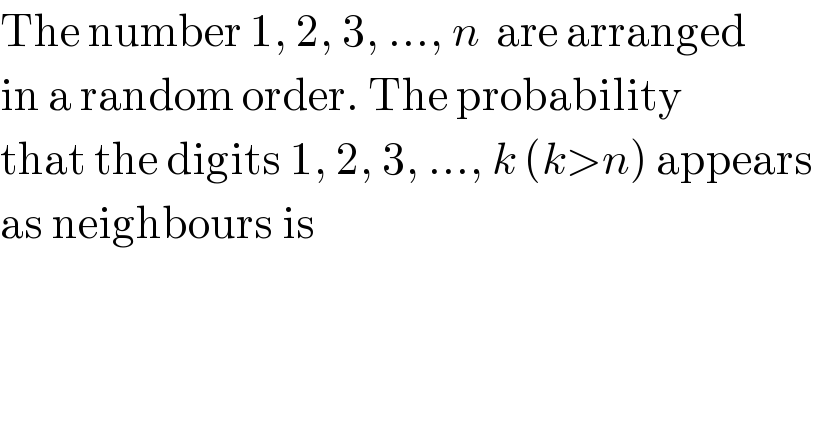
Question and Answers Forum
Question Number 43344 by peter frank last updated on 10/Sep/18

Commented byMrW3 last updated on 10/Sep/18

| ||
Question and Answers Forum | ||
Question Number 43344 by peter frank last updated on 10/Sep/18 | ||
 | ||
Commented byMrW3 last updated on 10/Sep/18 | ||
 | ||